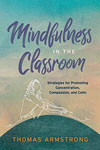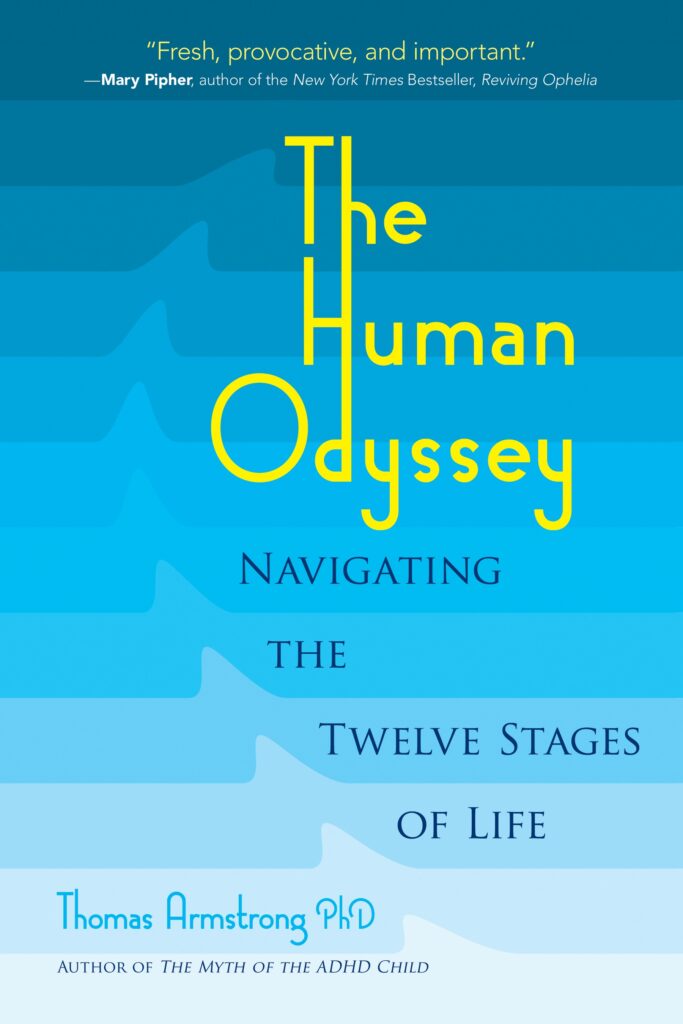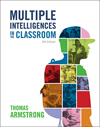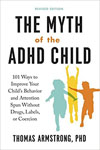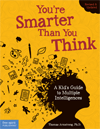 Think of an assessment in school and very likely you’ll think of a teacher handing out some papers with questions on them, and students providing the answers. In fact, this scenario represents by far the bulk of assessments that teachers give to students. But, this type of assessment barely scratches the surface of what is possible in terms of finding out what students have learned from their instruction.
Think of an assessment in school and very likely you’ll think of a teacher handing out some papers with questions on them, and students providing the answers. In fact, this scenario represents by far the bulk of assessments that teachers give to students. But, this type of assessment barely scratches the surface of what is possible in terms of finding out what students have learned from their instruction.
The fundamentals of teaching suggest that students take in information from the teacher or from the learning environment, and then express their understanding of what they’ve learned in some tangible format that can then be evaluated. I like to think of this interchange in terms of breathing: students breathe in the learning and breathe out their understanding of it. Now I realize that this may be an overly simplistic metaphor and there are many other ways of characterizing the learning and teaching process. But, simple as it seems, it can encompass a wide range of what I’d like to call ”assessment contexts.”
In terms of the breathing metaphor, the typical assessment context is either ”student reads text, then writes answers” or ”student listens to lecture, then writes essay,” or some similar oral language/book or paper-and-pencil activity. But why should the in-breathing part of this proposition be restricted to reading a text or listening to teacher? Why couldn’t students watch a movie and then write a response? Or listen to a piece of music, and then build a model? Or, go on a field trip, and then develop a hypothesis? As you can see, there are perhaps an infinite number of possibilities in terms of what an assessment can look like. Teachers might want to have fun with this, and fill in the chart with different combinations.
Students _______________ (breathe in learning) and then they ______________ (breathe out what they have learned).
The fact that the options almost always depend upon teachers using only words (either oral or written) to structure their assessments is highly regrettable since children and teens differ widely in their ability to use words skillfully. Howard Gardner’s theory of multiple intelligences suggests there are other intelligences besides those of words, including intelligences of numbers/logic, pictures, music, the body, nature, social interaction, and self understanding. Simply using these eight intelligences as a template for formulating appropriate ”breathe-in/breathe-out” contexts would by itself give rise to hundreds if not thousands of possibilities. For example, students could listen to music (Music Smart) and then take photos (Picture Smart) that express what they’ve learned. Or they could spend time reflecting by themselves (Self Smart) and then lead a small group discussion on what they’ve learned during their reflection (People Smart). Or they could do a science experiment (Number/Logic Smart) and then express what they learned through a role play (Body Smart).
If assessments were structured more broadly as suggested above, teachers would have more ways to get at whether and what the students have learned. If the assessment is the typical ”test,” there might be students who have truly assimilated what teachers have provided in terms of knowledge, but they might not be able to demonstrate what they know because they weren’t ”asked” in the right way. These students, many of them Picture Smart, Body Smart, Nature Smart, or Music Smart learners, need other modalities within which to express themselves.
One of the worst things I’ve ever heard during my thirty-four years of leading teacher workshops was when one of the teachers in a session raised their hand and said: ”Dr. ____ said that if a student can’t tell us what they know through words, then they don’t know it.” I didn’t know what to say in response, because the evidence to me was so overwhelming that students learn in a variety of ways and so it follows that they should be assessed in a variety of ways. This is just plain common sense, and yet the testing industry is a 1.7 billion dollar a year industry.
The best way for teachers to get started with this innovative approach to assessment is to use it with their in-class formative assessments first, which are assessments that gauge a student’s ongoing understanding of the material in a specific course of study. Once teachers see the results (most likely an increase in student engagement AND understanding of the material), then they can press for the use of this approach in summative assessments that happen at the end of a course.
Keep in mind that the word ”test” is etymologically related to the Latin word ”testum” which was an earthen pot that people would pour liquid metal into which would flow through leaving only the impurities at the bottom. Thus, testing is by definition adversarial – we want to find the impurities in students’ understand of the material. Assessment, on the other hand, is etymologically related to the Latin word ”assidere” which means ”to sit beside.” It’s this one-to-one custom-designed approach to assessment that most closely approximates the best way for a teacher to gauge students’ understanding of what they have been taught. One more thing I think I ought to point out (and may develop further in a future post): instruction and assessment are two sides of the same coin. Any really good assessment should also teach students something tangible even as it evaluates them.
For more information on designing assessments that reflect the broad scope of ways in which children and teens learn, see my book Multiple Intelligences in the Classroom, 4th Edition
This page was brought to you by Thomas Armstrong, Ph.D. and www.institute4learning.com
Follow me on Twitter: @Dr_Armstrong






